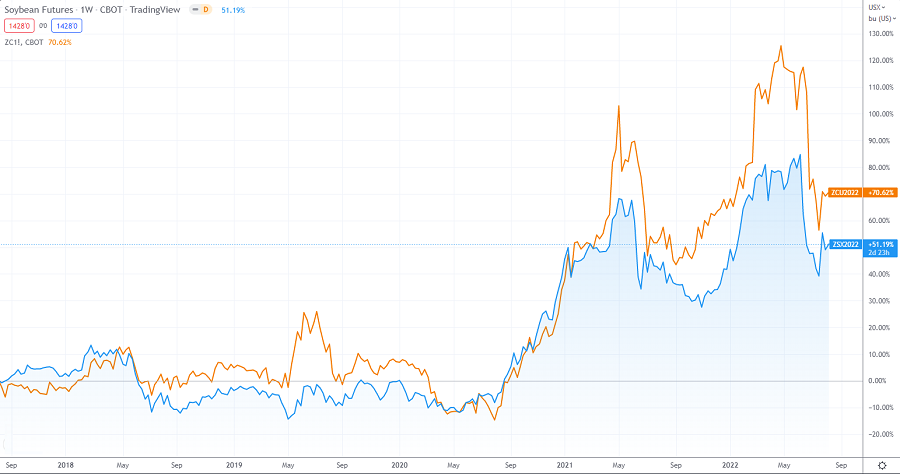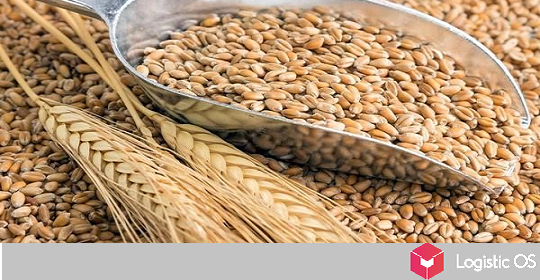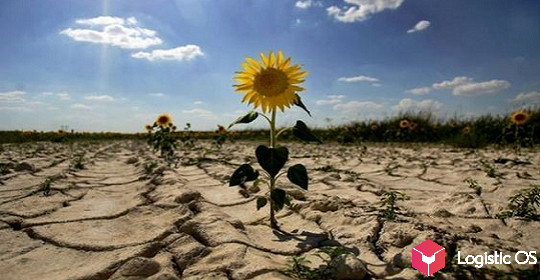The main reason is the reduction in supplies from Russia and Ukraine.
At the end of the 20th century, chickpeas became the third most important leguminous crop in the world after soybeans and peas.
According to the FAO (agricultural and food organization of the United Nations), more than 15% of legume crops are occupied by crops.
Russia is one of the largest suppliers of chickpeas and supplies about 25% of the total volume to world markets.
At the same time, our country has become the main supplier of the best, small variety of chickpeas — Kabul, from which, according to experts, the best hummus is obtained.
Deliveries of Russian chickpeas went to Iraq, Jordan, Egypt, Pakistan and India.
In 2015-2017 Turkey was the main export destination for Russian chickpeas, and in 2018-2021. and in 2022, Pakistan was the top importing country.
In 2021, despite a 6.2% decrease in chickpea acreage (compared to 2020), the gross harvest increased by 8.8% (316.8 thousand tons).
In Russia, chickpea production is concentrated in five regions: Saratov, Volgograd, Samara, Orenburg and Rostov.
A total of 85.1% of all cultivated crop areas are concentrated in these regions.
In 2021, the five main chickpea producing regions accounted for 88.2% of the gross harvest of this legume throughout the country.
In 2021, the cost of exported Russian chickpeas increased by 67.1% compared to 2020, and in January-May 2022, the price exceeded the price of the same period in 2021 by 37.1%.
In January-May 2022, chickpea exports decreased by 14.9% (compared to the same period in 2021).
The main obstacle is the introduction of economic sanctions against Russia.
An important role is also played by the increase in freight prices (payment for transportation), one of the reasons for which was the rise in oil prices.
Ukraine is also among the largest exporters of chickpeas, producing between 30,000 and 50,000 tons of chickpeas per year.
However, analysts believe that this year the country will produce a maximum of 5,000 tons.
According to the Global Pulse Confederation, the total decline in the supply of chickpeas to world markets, given the current situation in Ukraine and Russia, will be reduced by 15-20%.
It is in this range that analysts expect prices to rise for the world-famous snack hummus, the most popular Middle Eastern dish.
In general, world prices for soybeans and corn continue to break records, renewing historical highs.


